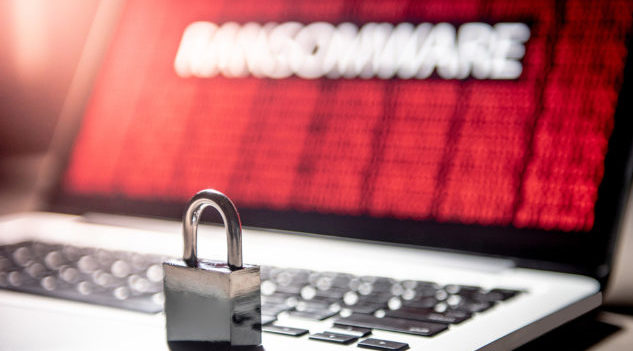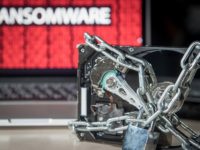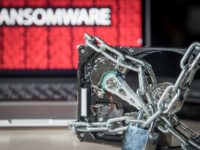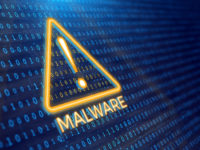Every year, ransomware attacks become more malicious and 2020 was a goldmine for cybercriminals with nearly 85 per cent of the cyberattacks that Sophos Rapid Response dealt with involving ransomware.
In recent months, we’ve seen an increase in ransomware-as-a-service tools being sold to unskilled attackers who are either charged for the toolset or pay a fee on every ransom payment. Their capabilities limit their targets to individuals and organisations where the barrier to entry is very low.
This puts small businesses, with fewer resources and low awareness of the cyberthreat landscape, immediately at a disadvantage making them ideal targets for opportunistic attackers.
Add to this the existence of “grey hat” tools, including hacking tools and poorly designed or easily exploitable applications, which fundamentally weaken an organisation’s security posture to facilitate other attacks.
According to the Cyber Aware Report by the NSW Small Business Commissioner, 55 per cent of SME owner-operators continue to unknowingly expose themselves to cybersecurity risks through their most frequented online activities – sending and receiving emails and operating social media. This alarming statistic, combined with the 38 per cent increase in human error-induced breaches in July – December 2020, indicate that mitigating internal risks should be a priority for small businesses.
It can all start with an email
Emails are a gateway to a string of malicious activities, including ransomware, and through our research, we’ve observed a sustained preference for email as the delivery vehicle for first stage threats. It’s easy to understand why given its widespread use. Successful email campaigns may involve infected attachments and malicious links that continue to take advantage of unsuspecting victims.
Email-based phishing attacks were the most common method for obtaining compromised credentials in the past six months, likely for resale or to be leveraged in targeted attacks against organisations.
Data theft and ransomware attacks
Data theft, which often doubles as ransomware, presents a serious predicament for small businesses. The data being stolen can be in many forms such as intellectual property, credentials, financial information, personal information and customer lists etc. No organisation can afford to lose this information or the reputation it has built with its customers and partners – data theft and ransomware can be fatal blows.
And it doesn’t just stop at one attack. Criminals can make their way to each type of data, maximising their impact. According to The State of Ransomware 2020 report, more than half (51 per cent) of organisations were hit by ransomware. Of those, 26 per cent paid the ransom, which doubles the cost of dealing with attacks.
A solid security foundation starts with the right people, processes and tools. Building a cyber-aware culture is essential to tightening your frontline of defence. Each employee needs to be educated in and practice good cybersecurity hygiene. This, combined with the right cybersecurity technology for your business, will help to ensure your business doesn’t become another cybercrime statistic.
Aaron Bugal, Global Solutions Engineer, Sophos















